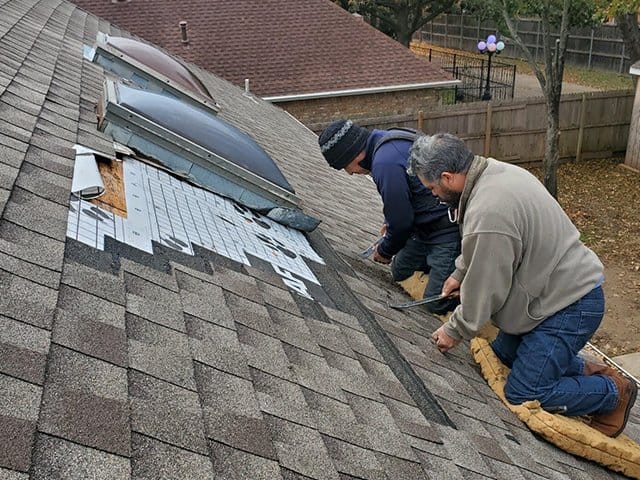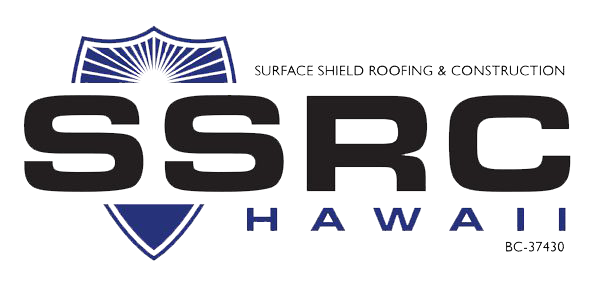Roof Repair Oahu: Quick and Affordable Roof Takes Care Of Near You
Wiki Article
Comprehending the Different Sorts Of Roof Coverings: A Comprehensive Guide for Homeowners
With a range of alternatives-- varying from the traditional gable to the modern flat-- each type provides unique advantages and challenges that ought to straighten with the homeowner's specific needs and ecological factors to consider. As we discover the intricacies of different roof types, it comes to be obvious that one size does not fit all; the appropriate choice might surprise you.Saddleback Roof
Saddleback roofs, defined by their triangular form, are among one of the most preferred roofing styles as a result of their simplicity and performance in losing water and snow. This design features two sloping sides that fulfill at a ridge, permitting for effective drain and reducing the threat of water buildup. The high pitch frequently associated with gable roof coverings enhances their capacity to manage heavy precipitation, making them ideal for various climates.Along with their sensible advantages, saddleback roofs offer visual adaptability. They can be adjusted to different architectural designs, from conventional to contemporary homes. The design can likewise fit additional attributes such as dormer home windows, which improve natural light and ventilation in the attic space.
Furthermore, saddleback roofs supply adequate area for insulation, adding to energy efficiency. Property owners can select from a range of roofing products, including asphalt roof shingles, metal, and tiles, better boosting modification options.
Regardless of their benefits, gable roof coverings may call for additional support in locations prone to high winds or hefty snowfall. In general, the gable roofing remains a popular selection because of its blend of functionality, longevity, and aesthetic allure.
Flat Roofs
Level roofs are frequently identified for their minimal design and sensible applications, specifically in business and commercial settings (oahu roofing). These roofings feature a nearly straight or straight surface, which allows for easy building and flexible space use. While they may do not have the visual appeal of angled roofs, level roofs supply various benefits, especially in urban settings where optimizing space is criticalOne of the primary advantages of flat roofings is their ease of access. Property owners can make use of the roofing area for various purposes, such as roof yards, balconies, or solar panel installments. Additionally, flat roofing systems are commonly extra affordable to preserve and set up contrasted to their sloped counterparts, as they need fewer products and labor.
Common products utilized for level roofs consist of built-up roofing (BUR), customized asphalt, and single-ply membranes, each offering distinctive advantages. In general, flat roofing systems serve as a adaptable and functional option for numerous house owners and services alike.
Hip Roofing Systems
Hip roofing systems are defined by their sloped sides that converge on top, forming a ridge. This layout is distinct from gable roofs, as all four sides of a hip roofing system slope downwards toward the wall surfaces, giving a more stable structure. The angle of the inclines can differ, permitting versatility in architectural appearances and performance.Among the primary advantages of hip roofs is their capability to stand up to hefty winds and damaging weather. The sloped surfaces enable much better water drain, lowering the threat of leaks and water damage. In addition, hip roofs supply boosted attic room room, which can be utilized for storage space or perhaps exchanged comfortable locations.
Nonetheless, building a hip roof can be extra costly and intricate than easier roof kinds, such as gable roof coverings. The added material and labor associated with creating the inclines and making certain correct structural stability can lead to higher expenditures. Regardless of these drawbacks, several home owners favor hip roof coverings for their durability, visual charm, and potential for energy effectiveness.
Mansard Roofings
Mansard roof coverings, often identified by their distinct four-sided layout, attribute two slopes on each side, with the lower slope being steeper than the upper. This building style, originating from France in the 17th century, is not only cosmetically appealing but practical, as it optimizes the functional room in the top floorings of a building. The steep reduced incline enables for even more headroom, making it an ideal choice for lofts or attics, which can be exchanged living areas.Mansard roof coverings are identified by their versatility, suiting numerous architectural styles, from traditional to modern-day. They can be built with different materials, consisting of asphalt shingles, slate, or steel, offering house owners with a variety of alternatives to fit their budget plans and choices. In addition, the style permits for the combination of dormer windows, enhancing natural light and air flow in the upper levels.
However, it is important to take into consideration the potential drawbacks. Mansard roof coverings might require even more maintenance because of the intricacy of their layout, and their steep inclines can be testing for snow and rain overflow. On the whole, mansard roofs integrate beauty with functionality, making them a preferred selection among house owners seeking distinctive architectural attributes.
Lost Roofs
As home owners increasingly seek simpleness and capability in their building styles, shed roof coverings have arised as a prominent option. Defined by a single sloping plane, a shed roofing system presents a minimalist aesthetic that matches various home designs, from contemporary to rustic.Among the main advantages of a shed roof is its simple construction, which typically equates to reduce labor and product prices. This style allows for efficient water drainage, minimizing the threat of leaks and water damages. In addition, the upright incline provides adequate space for skylights, enhancing natural light within the interior.
try this Shed roof coverings also offer convenience in terms of use. They can be successfully incorporated into additions, garages, or outside structures like sheds and pavilions. Furthermore, this roofing design can fit numerous roof materials, including steel, asphalt roof shingles, and even environment-friendly roofing systems, lining up with eco-friendly campaigns.
However, it is necessary to consider local climate problems, as hefty snow lots may require changes to the roofing's angle or framework. Generally, lost roofing systems provide a practical and aesthetically pleasing option for property article owners aiming to take full advantage of capability without compromising design.
Final Thought


Gable roofs, characterized by their triangular form, are amongst the most popular roof covering designs due to their simpleness and effectiveness in losing water and snow. oahu roofing. The high pitch generally connected with gable roof coverings improves their ability to take care of heavy rainfall, click over here making them appropriate for numerous climates
While they may do not have the aesthetic charm of pitched roofing systems, level roofs provide numerous advantages, especially in city environments where maximizing area is vital.

Report this wiki page